China’s financing and investment spread across 61 BRI countries in 2023 (up...
2024-02-27 31 英文报告下载
As cost pressure is likely to persist in the medium term, we see a chance of deepening market consolidation that should boost the market positions of cost leaders like Longi and Tongwei. In wafer production, Longi, the first to introduce diamond wire sawing (DWS) in 2015, has led the cost curve. As shown in Exhibit 45, Longi’s non-Si costs in wafer production dropped by 72% in 2013-18, and we expect that to decline by a further c40% in 2018-21e, driven by economies of scale. As non-Si costs account for around 50% of wafer costs, this should give Longi a material advantage against its competitors. In cell and polysilicon markets, Tongwei’s cost of production is amongst the lowest (Exhibit 46).
The PV panel manufacturing process can be broken down into four parts: polysilicon, wafer, cell, and module. There have been competing technologies in each part, like mono-Si vs. multi-Si in wafer processing, and p-type vs. n-type in cell production. In this section, we analyze the
technology trends of various parts of the manufacturing process as we view the technology trends as one of the biggest uncertainties for companies in the solar supply chain. We believe there is more uncertainty concerning the technology trends of cell and module than with wafer and polysilicon. It is difficult to identify the winner in the cell industry as there are at least five competing cell technologies to choose from. In our view, in order of technology risk, cell > module > polysilicon > mono wafer. How does a solar cell work? When the sunlight hits the surface of a solar cell, photons are absorbed as energy. This activates the electrons breaking free from the silicon atoms, creating pairs of negatively-charged electrons and positively-charged electron hole. By adding tiny amounts of the right elements to the top and bottom sides of a silicon wafer, a P-N junction can be formed that stops electrons that are knocked below it from going back to the atoms they came from. The roaming electrons are then attracted to the positively charged area N and the electron holes to the negatively charged area P, developing an electric voltage across the cell.

标签: 英文报告下载
相关文章
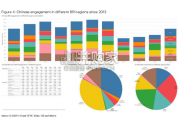
China’s financing and investment spread across 61 BRI countries in 2023 (up...
2024-02-27 31 英文报告下载

Though the risk of AI leading to catastrophe or human extinction had...
2024-02-26 52 英文报告下载
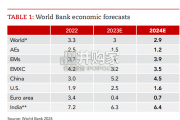
Focusing on the prospects for 2024, global growth is likely to come i...
2024-02-21 96 英文报告下载
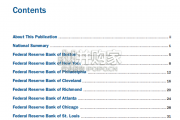
Economic activity declined slightly on average, employment was roughly flat...
2024-02-07 67 英文报告下载
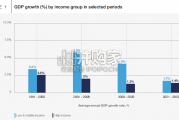
Economic growth can be defned as an increase in the quantity or quali...
2024-02-06 82 英文报告下载
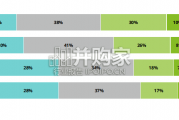
In this initial quarterly survey, 41% of leaders reported their organizatio...
2024-02-05 66 英文报告下载
最新留言